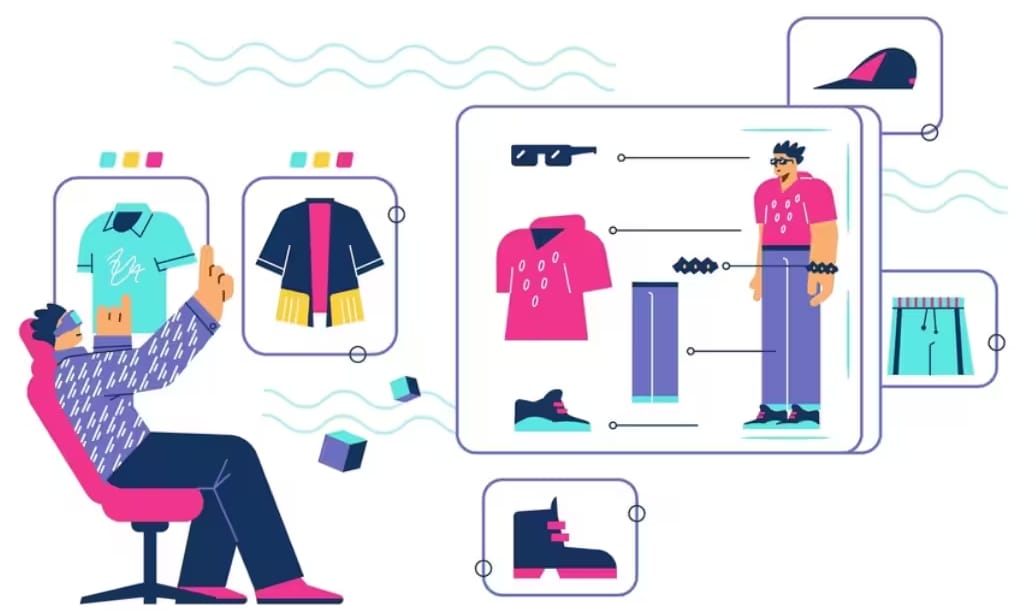Do you wonder if you could try on clothes without visiting a store? What if you could see how different outfits look on you without the hassle of changing rooms?
Well, your fashion needs are becoming a reality with AI try-on model technology. This technology uses augmented reality to help you try and select the right size and fit for your outfit.
Now you can try on clothes and accessories virtually before adding them to the cart.
In this article, we will discuss the benefits of this innovation. We will also explore the top 7 AI try-on platforms.
Let’s get started!
In this article
Part 1. What is AI Try-On Technology?
The AI try-on is a new innovation that helps you try on clothes without actually wearing them. This technology uses computer vision and machine learning algorithms to superimpose virtual garments onto models. It allows you to see how different outfits would look on their body.
You can try wearing different clothes, like dresses, shirts, or pants, on your digital screen. It's like having a virtual dressing room right at your fingertips!
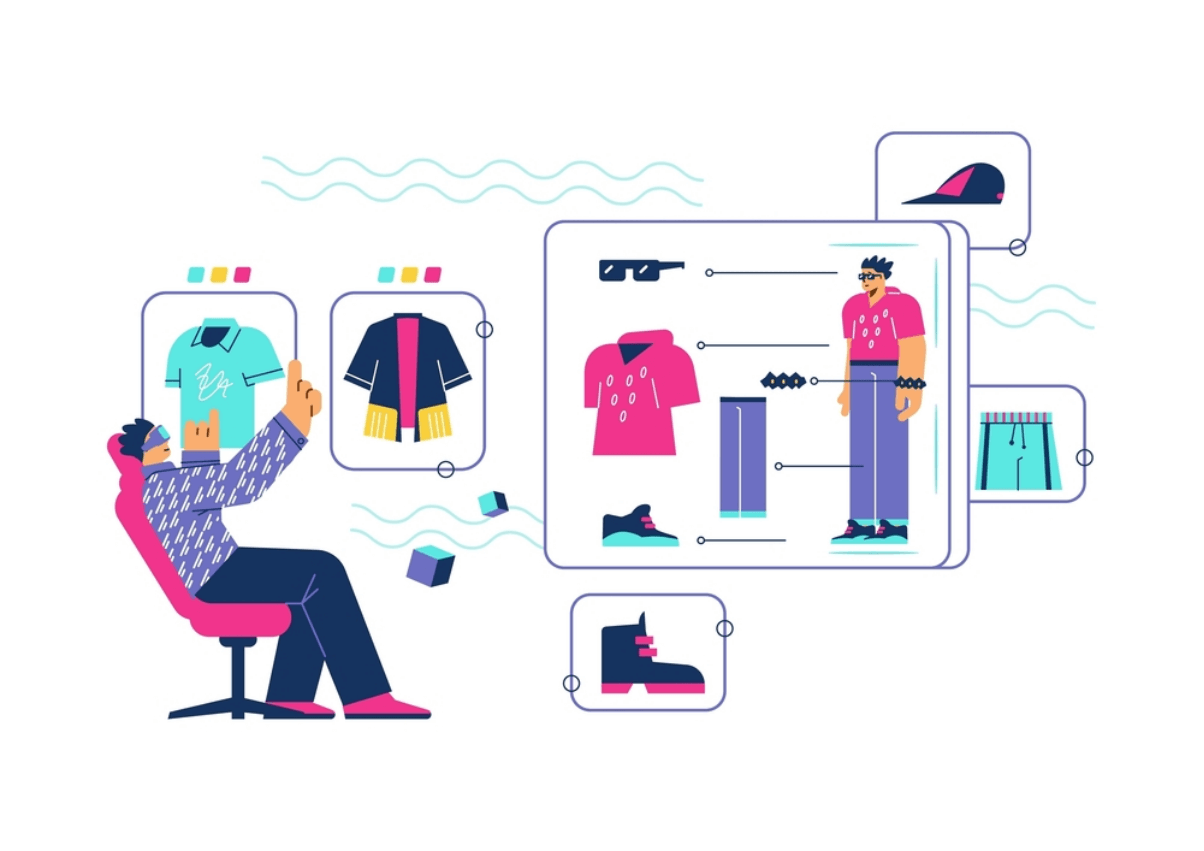
The technology behind AI try-on models considers things like your body size and shape. It also considers the way fabrics move and even the lighting in the room. T
As a result, it makes the virtual clothes look more realistic in your digital image. It's a great way to try different styles, colors, and sizes before buying something online.
Part 2. How Do AI Try-On Models Technology Work
AI try-on models have taken the world by storm. This technology works with the help of computer vision and machine learning algorithms. All you are supposed to do is:
- Visit the website or app that has the AI try-on clothes feature.
- Select the model that resonates with your body, height, and color.
- Try on different clothes and accessories.
Similarly, there’s one more way of using AI try-on technology which is called “Diffusion.” In this method, you will choose two inputs, one image of you and one image of the garments you want to try. Then the AI try-on feature will diffuse both pictures and generate a picture of you wearing that garment.
Now that we have a basic understanding of AI try-on models let’s shed some light on their benefits.
Part 3. Benefits of Integrating AI Try-On Models
Integration of AI try-on models can take the fashion industry to a whole new level. It offers several benefits that can enhance the shopping experience of customers.
Here are some key benefits:
1. Accurate size and fit
With AI try-on clothes, customers can try different styles and fit to see which suits them. It also allows them to select body measurements and shapes for accurate sizes.
2. Time and cost saving
If you pick the right size of clothes, you do not have to visit the stores again for a return or exchange. Thus, you can save time and cost of visiting the stores.
3. Customization
AI try-on models allow customers to mix and match different clothes. They can try different styles, colors, and combinations to customize their outfits.
4. Increased confidence in online shopping
When customers style outfits virtually, they can see how these outfits look on them. Thus, they can make better decisions, increasing their confidence in online shopping.
5. Variety and exploration
Virtual try-on models allow us to explore a wide range of outfits in a single place. There are no limitations as shoppers sometimes face in physical inventory.
These were a few key benefits of AI try-on models. Let's move further!
Top 7 AI Try-On Platforms
When it comes to AI try-on technology, there are many options available in the market. However, we have picked the top 7 AI try-on platforms for you.
You can walk through their features, pros, and cons and select the one that fits best for your business needs.
1. Zeekit
Zeekit is a leading Try-On platform. It partners with fashion brands and retailers to provide virtual try-on experiences. Users can upload their photos to see how clothes from various brands would look on them.
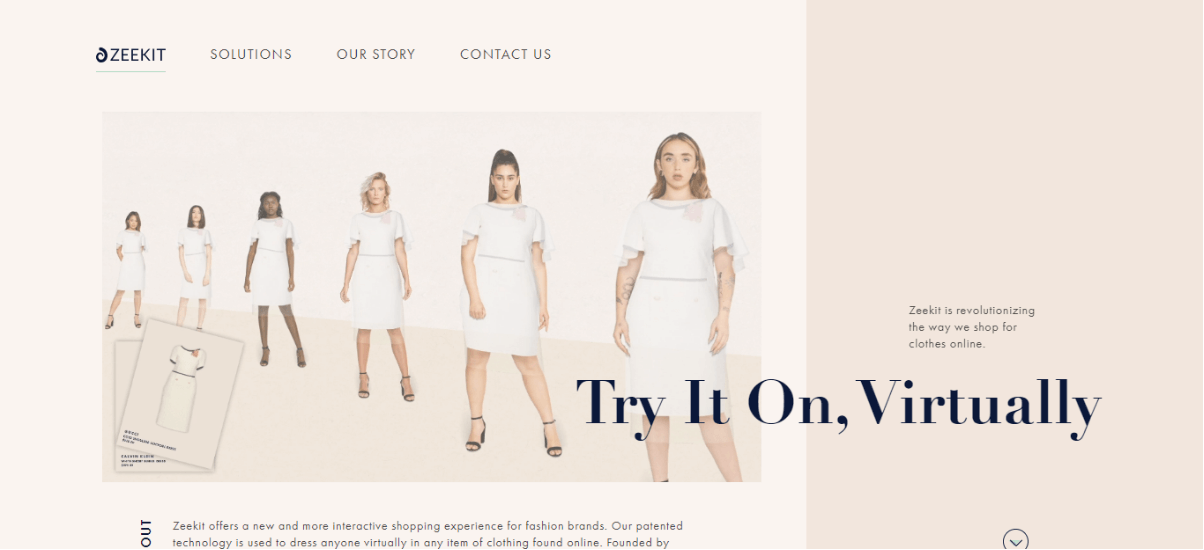
⭐Key Features
There are several features of Zeekit that it offers to its users. Here are some of the key features:
- Seamless integration: Retailers can integrate Zeekit's try-on feature with their website or app.
- Body Avatars: Users can upload their photos or choose from body avatars to see how clothes will look and fit.
- Numerous variables: The platform supports various clothing items, sizes, colors, and styles for virtual try-on.
- Realistic preview: Zeekit AI try-on feature provides realistic renderings, considering fabric texture, draping, and fit.
Pros and Cons
2. Wanna Kicks
Wanna Kick is an e-commerce store with AI try-on features for clothes and accessories. However, it specializes in AI try-on for footwear. Users can try a wide range of shoe types using their smartphone camera.
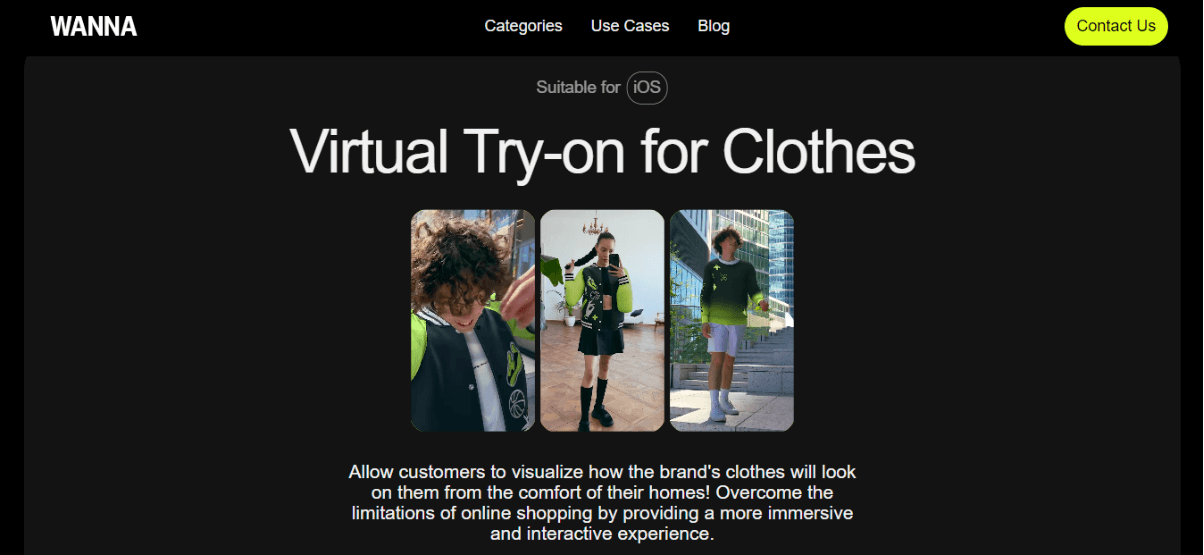
⭐Key Features
Here are some key features that Wanna Kick offers its customers:
- Mobile app: Users can easily use the try-on feature through their smartphones.
- Seamless integration: It offers seamless integration with the brand’s website and apps.
- AR technology: It uses augmented reality technology to enhance the virtual experience of its users.
Pros & Cons
3. Style.me
Style.me offers AI-powered virtual fitting room solutions for fashion retailers. Users can try on outfits virtually and see how they look. They can also customize the fit and make combinations of different outfits.
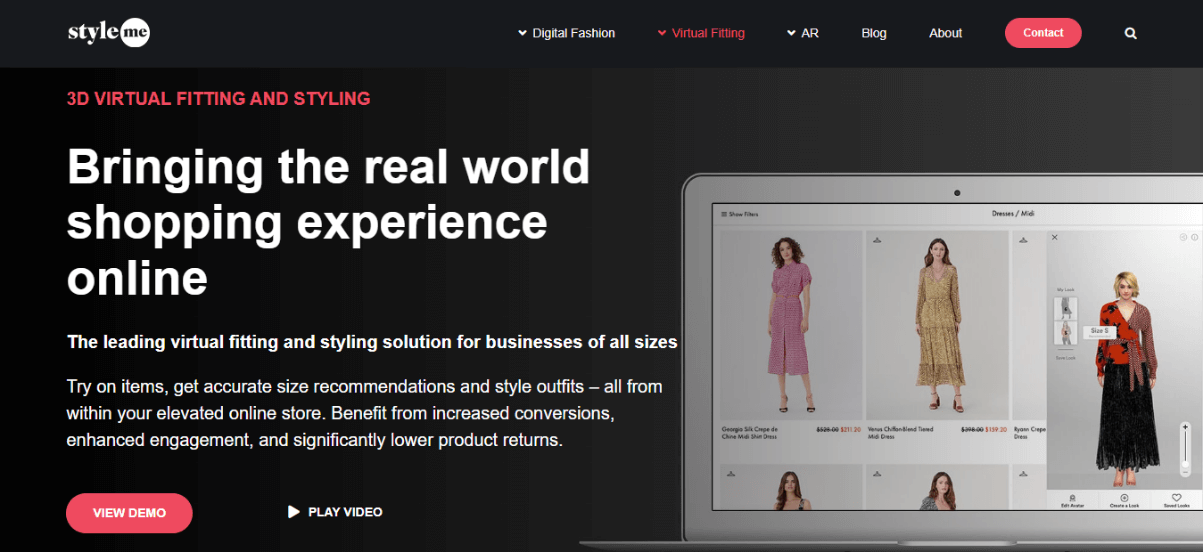
⭐Key Features
It provides a lot of features and services to enhance the user experience. However, some of the key features are as follows:
- Accurate size: It tackles the fitting and sizing challenges of all body types.
- Personalization: Users can customize their avatar's face, skin tone, and hairstyle.
- Styling: Shoppers can easily try items in the fitting room, create looks and add to the cart.
- Easy integration: You can integrate the fitting room into any platform and have plugins for Shopify.
Pros & Cons
4. ModiFace
ModiFace is the leading creator of AR technology for the beauty industry. Users can virtually try on different kinds of makeup looks, hairstyles, and nails. It also offers AI-powered skin diagnostics that are used by tons of consumers.
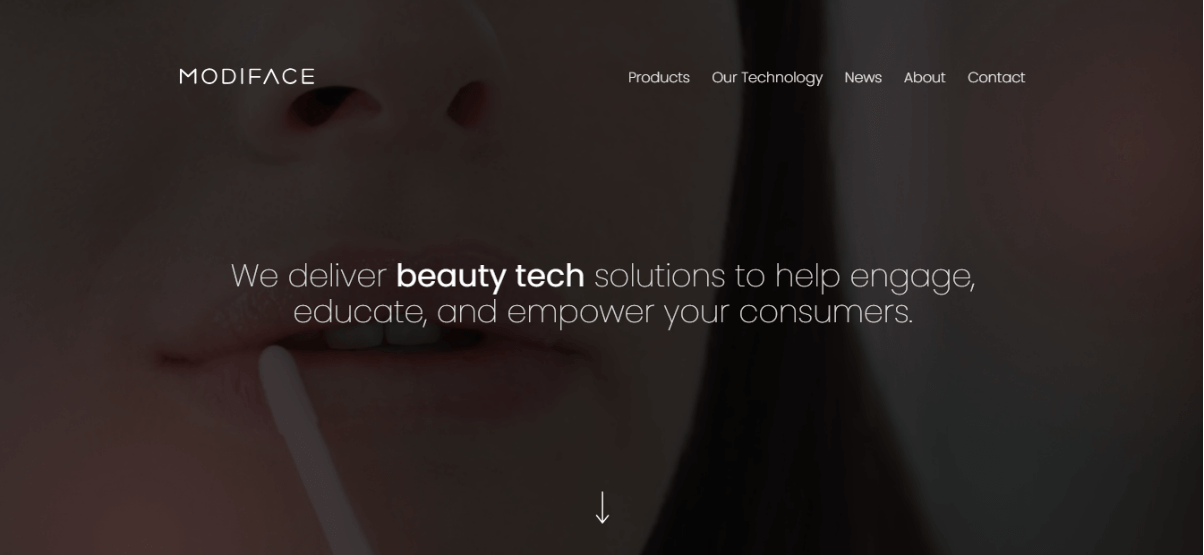
⭐Key Features
The key features that set ModiFace apart from the rest of the AI try-on technologies are as follows:
- Skin analysis: It can detect clinical skin concerns, tone, facial shape, and more.
- Rendering: It can accurately adapt to your different lighting and skin tone.
- Effective trackers: It accurately tracks and maps facial features for precise makeup placement.
- Customization: You can change the shade, color, and other attributes in real-time.
Pros & Cons
5. FitMatch
FitMatch focuses on AI-powered sizing and virtual fitting for clothing brands. It uses computer vision and machine learning to match customers with the right size. Users can get accurate recommendations based on their body measurements.
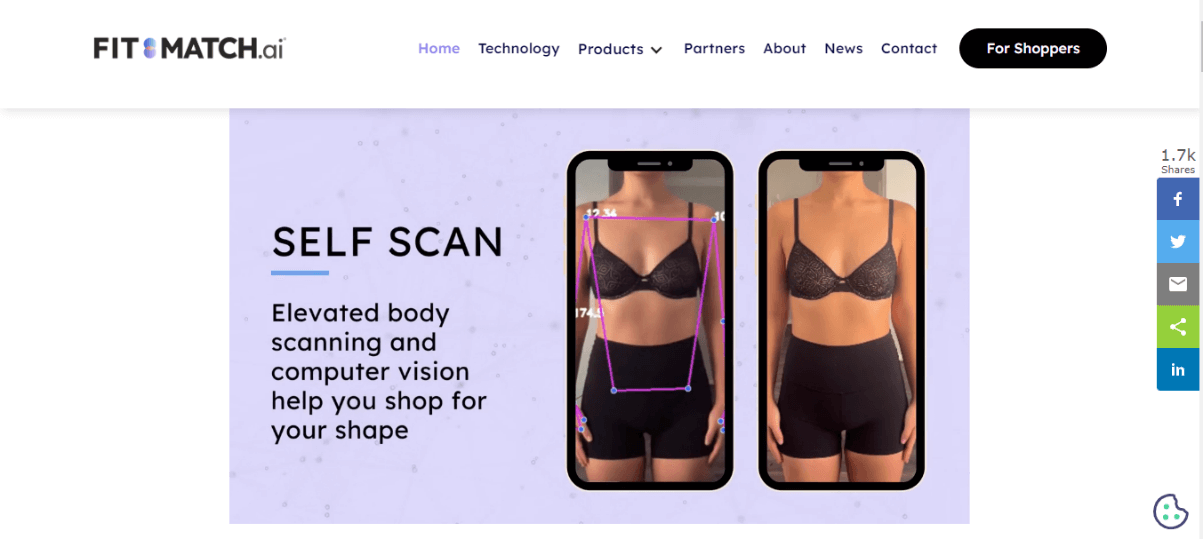
⭐Key Features
The key features of FitMatch are as follows:
- Accurate analysis: It uses advanced algorithms to measure body dimensions accurately.
- Adjusting options: Users can virtually adjust the garments' size, length, and fit.
- Support various types of apparel: Users can get the sizes for clothes like tops, bottoms, undergarments, etc.
- Seamless integration: It can be integrated with online platforms so users can try it.
Pros & Cons
6. MemoMi
MemoMi provides AI try-on technology for both clothing and accessories. It uses augmented reality (AR) to overlay virtual items onto live video feeds. Users can see how different products would look on them.
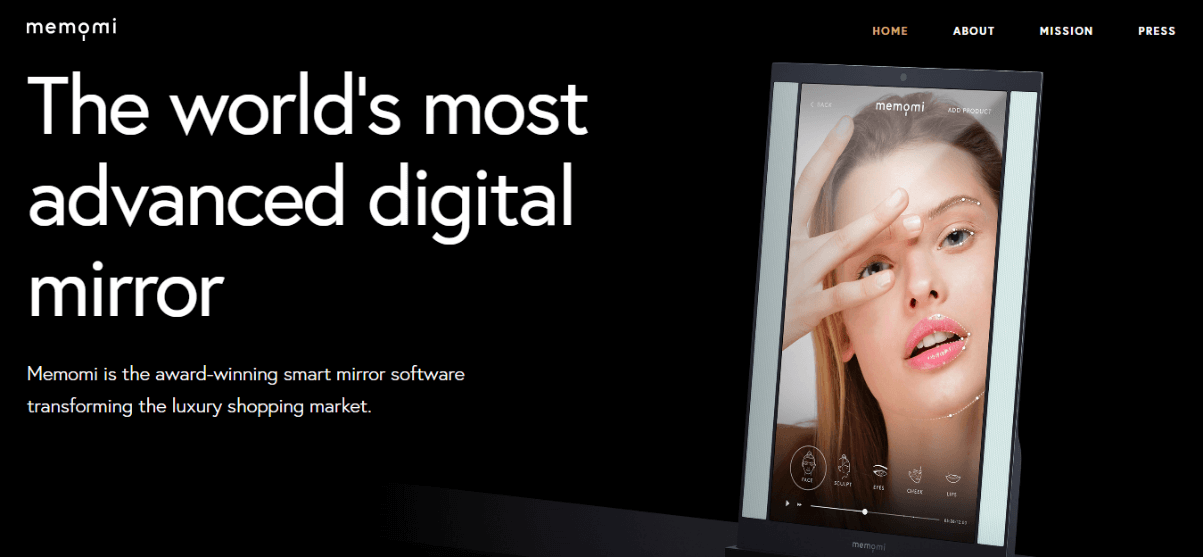
⭐Key Features
Here are the key features of MemoMi:
- Augmented Reality: Users can see themselves wearing virtual items with AR technology.
- Variety of Products: It supports a wide range of clothing and accessory categories.
- Real-Time: The try-on experience is in real-time so that users can get instant results.
- Social Sharing: Users can share their virtual try-on experiences on social media platforms.
Pros & Cons
7. Virtusize
Virtusize is an AI-powered try-on platform. It has a virtual fitting and sizing option to take the guesswork out of online shopping. You can compare the sizes, try on different items and create your virtual wardrobe. Virtusize already serves brands like Levis, Addidas, Ralph Lauren, and many others.
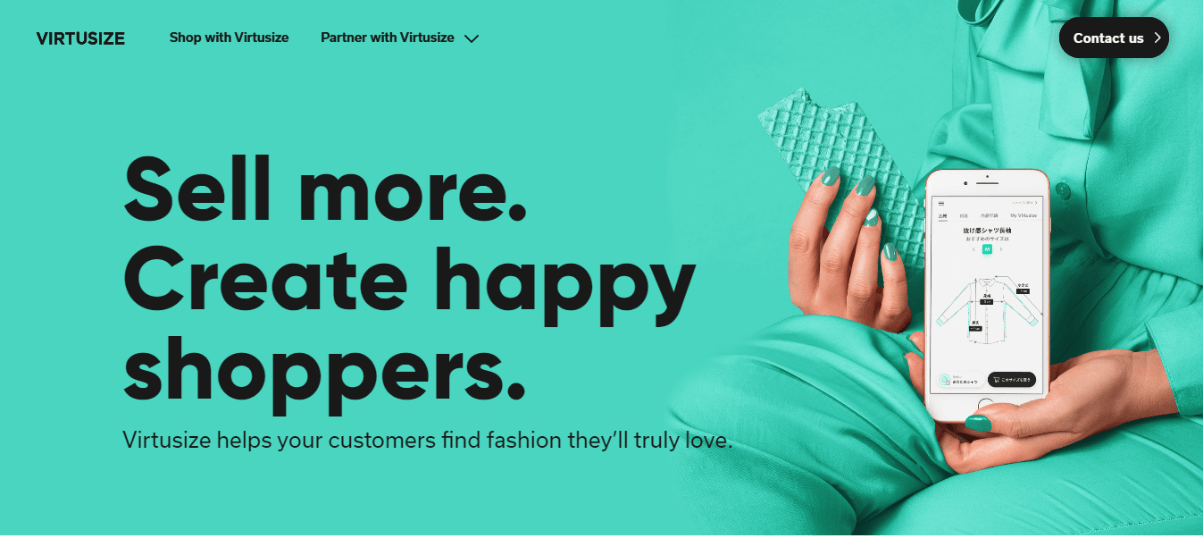
⭐Key Features
The key features of Virtusize include:
- Size recommendation: It analyzes users' data and recommends the perfect sizes.
- Measurement comparison: Users can compare their body measurements with garment measurements.
- Data analytics: It analyzes the users' data to provide valuable insights to retailers.
Pros & Cons
Final Thoughts
Due to busy schedules, many people don't get time to go out shopping and tends to shop online. However, the new "AI Try-on" technology has taken the online shopping experience to a new level.
You can avoid the hassle of going to markets with AI try-on technology. Whether glasses, makeup, shoes, or clothes, you can try them at home with the help of virtual try rooms.
We hope this article has helped you understand the use of AI try-on models and their benefits. Also, We explored the top 7 AI try-on platforms. You can compare their features and select the one that best fits your business needs.
FAQ
-
Q. Is my privacy protected when using AI try-on technology?
The AI Try-On platform focuses on user privacy and data protection. However, it's important to review the privacy policies and terms of service. You should go through these pages to see how your data is handled. Most platforms don't require the uploading of pictures. They have AR technology that offers the result in real-time. -
Q. Can I trust the accuracy of AI try-on clothes?
This technology is developed to offer quality. However, results may vary depending on your image quality and platform. It is constantly evolving to provide more realistic and precise virtual try-on experiences. -
Q. Are AI try-on models the future of online shopping?
Yes, this technology is shaping the fashion industry. It boosts confidence and reduces the uncertainty linked to online shopping. Users don't need to visit the store physically. They can use this technology to find the appropriate fit and size of clothes and accessories.

